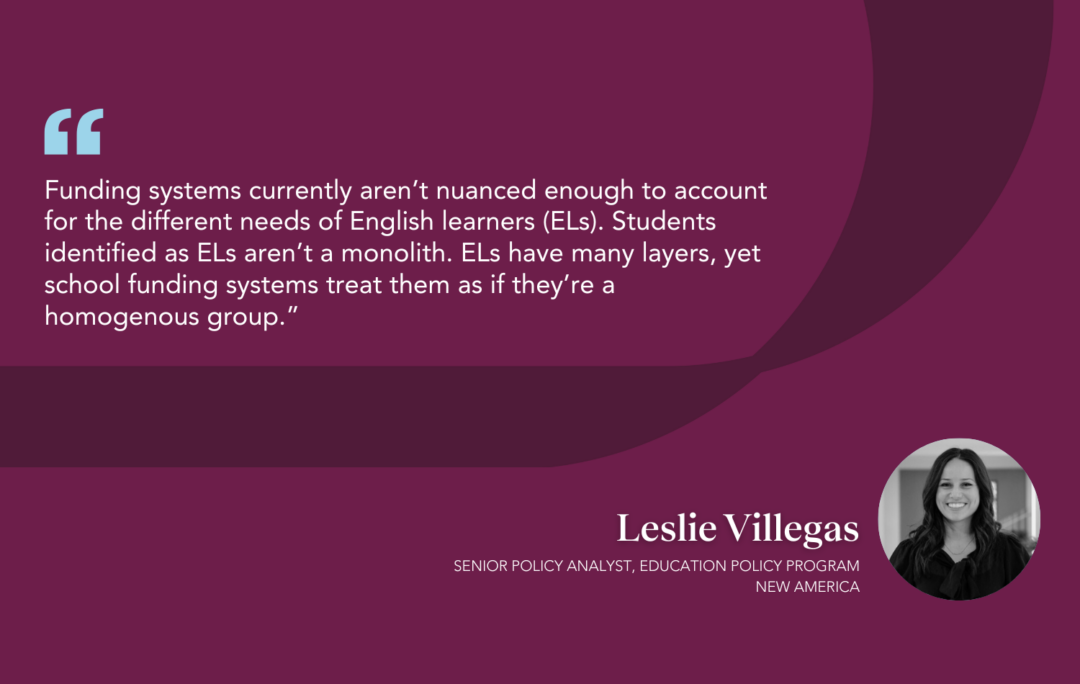Our Insights
Through writing, analysis, and our insights, Bellwether’s got the pulse on what’s happening and emergent trends in the field.
Featured Insights
Publications
Finding a Way Forward: An Analysis of Federal Policy and Learner Pathways
Dollars and Degrees: A Bellwether Series on Higher Education Finance Equity
Strengthening State Higher Education Funding: Lessons Learned From K-12
Splitting the Bill: A Bellwether Series on Education Finance Equity
Blog
Splitting the Bill: A Q&A on School Funding for English Learners with New America’s Leslie Villegas
Celebrating Leaders in Education: A Women’s History Month Q&A
A Sustainable Nonprofit Starts With Effective Financial Management
Splitting the Bill: A Q&A on School Facilities Funding with Public Policy Institute of California’s Dr. Julien Lafortune
News & Press
Seven Assembly Grant Program Grantees Will Increase Families’ Access to Flexible, Personalized Learning
Request for Qualifications: Academic Strategist Services
Annual Report 2023
Assembly Grant Program
All Insights
Filter Insights
Sort
- Date





